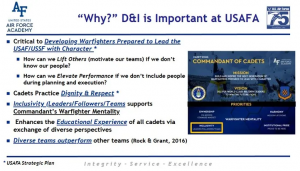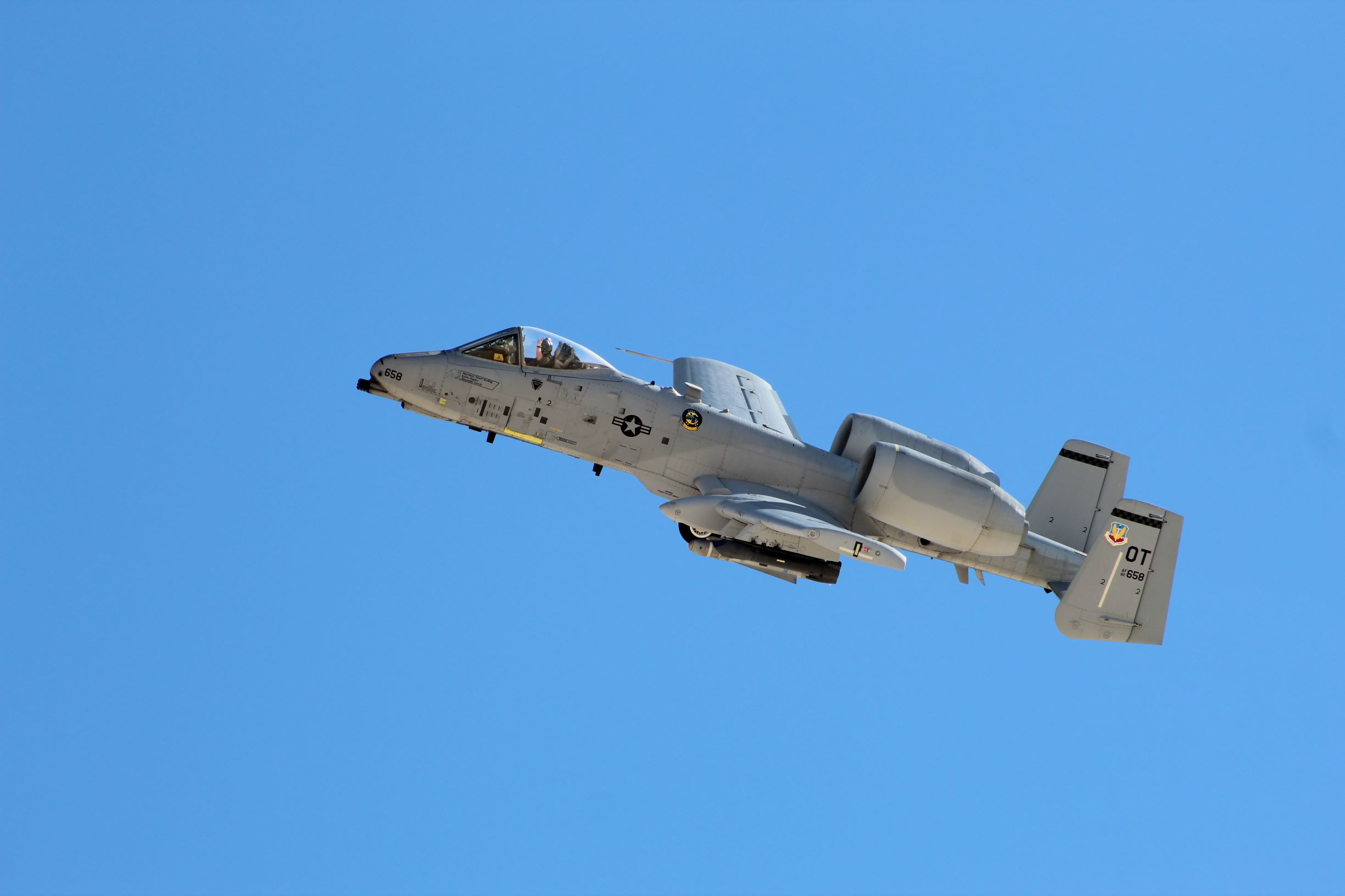Daily Beast:
Here’s something the public didn’t know until today: If one of the U.S. military’s new F-35 stealth fighters has to climb at a steep angle in order to dodge an enemy attack, design flaws mean the plane might suddenly tumble out of control and crash.
Also, some versions of the F-35 can’t accelerate to supersonic speed without melting their own tails or shedding the expensive coating that helps to give the planes their radar-evading qualities.
The Pentagon’s $400-billion F-35 Joint Strike Fighter program, one of the biggest and most expensive weapons programs in history, has come under fire, so to speak, over more than a decade for delays, rising costs, design problems and technical glitches.
But startling reports by trade publication Defense News on Wednesday revealed flaws that previously only builder Lockheed Martin, the military, and the plane’s foreign buyers knew about.
The newly-exposed problems underscore the potential fragility of American air power as the armed services work to replace more and more old fighters with as many as 2,300 F-35s while also reconfiguring to confront the increasingly deadly Chinese and Russian air forces.
The problems might also help to explain why acting defense secretary Patrick Shanahan reportedly described the F-35 program as “fucked up.”
Defense News obtained military documents detailing a wide range of serious problems with two of the three versions of the F-35. The Air Force’s F-35A appears to be exempt from the latest flaws, but the Marine Corps’ vertical-landing F-35B and the Navy’s carrier-compatible F-35C both suffer what the services call “category 1” deficiencies. (In military parlance, a category 1 flaw in a plane can prevent a pilot from accomplishing their mission.)
[ … ]
One problem cropped up during test flights in 2011, Defense News reported, citing the trove of military documents. In the 2011 tests, at least one F-35B and F-35C both flew at speeds of Mach 1.3 and Mach 1.4. A post-flight inspection in November 2011 revealed the F-35B sustained “bubbling [and] blistering” of its stealth coating.
Further supersonic tests in December 2011 revealed structural damage on an F-35C resulting from the extreme heat coming from the plane’s single Pratt & Whitney engine, one of the most powerful fighter engines ever made.
To avoid similar damage, the military has limited F-35B and F-35C pilots to flying at supersonic speed for less than a minute at a time.
But that could make it impossible for aviators to keep up with, or avoid, Russian and Chinese fighters flying faster than the speed of sound without any restrictions. “It is infeasible for the Navy or Marine Corps to operate the F-35 against a near-peer threat under such restrictions,” Defense News paraphrased the documents as saying.
But MIC isn’t done with the insults and malfeasance. Not by a long shot.
A Chinese-owned company is making circuit boards for the top-secret next generation F-35 warplanes flown by Britain and the United States, Sky News can reveal.
Exception PCB, a printed circuit board (PCB) manufacturer in Gloucestershire, south west England, produces circuit boards that “control many of the F-35’s core capabilities”, according to publicity material produced by the UK Ministry of Defence (MoD).
This includes “its engines, lighting, fuel and navigation systems”, it said.
If the FedGov had actually made an assignment to the DoD to do it’s dead level best to spend the most money on the worst possible outcome, I don’t think they could have done any better than they did.
Fifth generation warfare. Sounds nice. How do you feel about your dollars spent?





